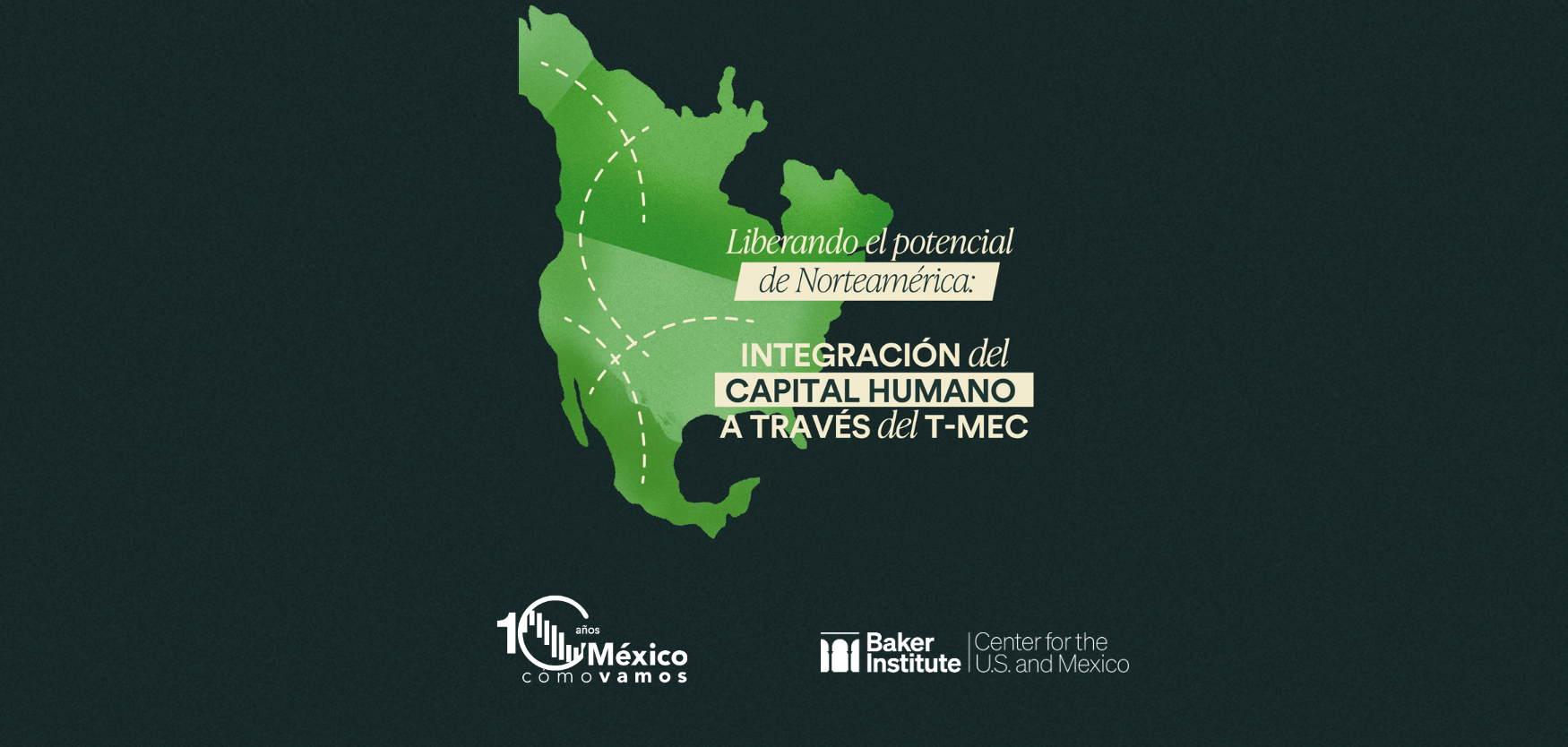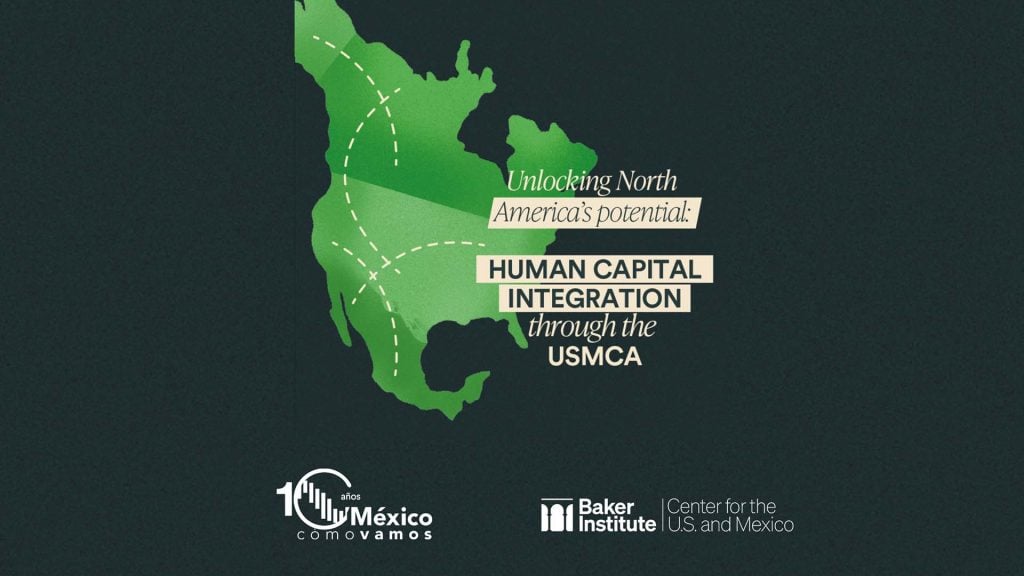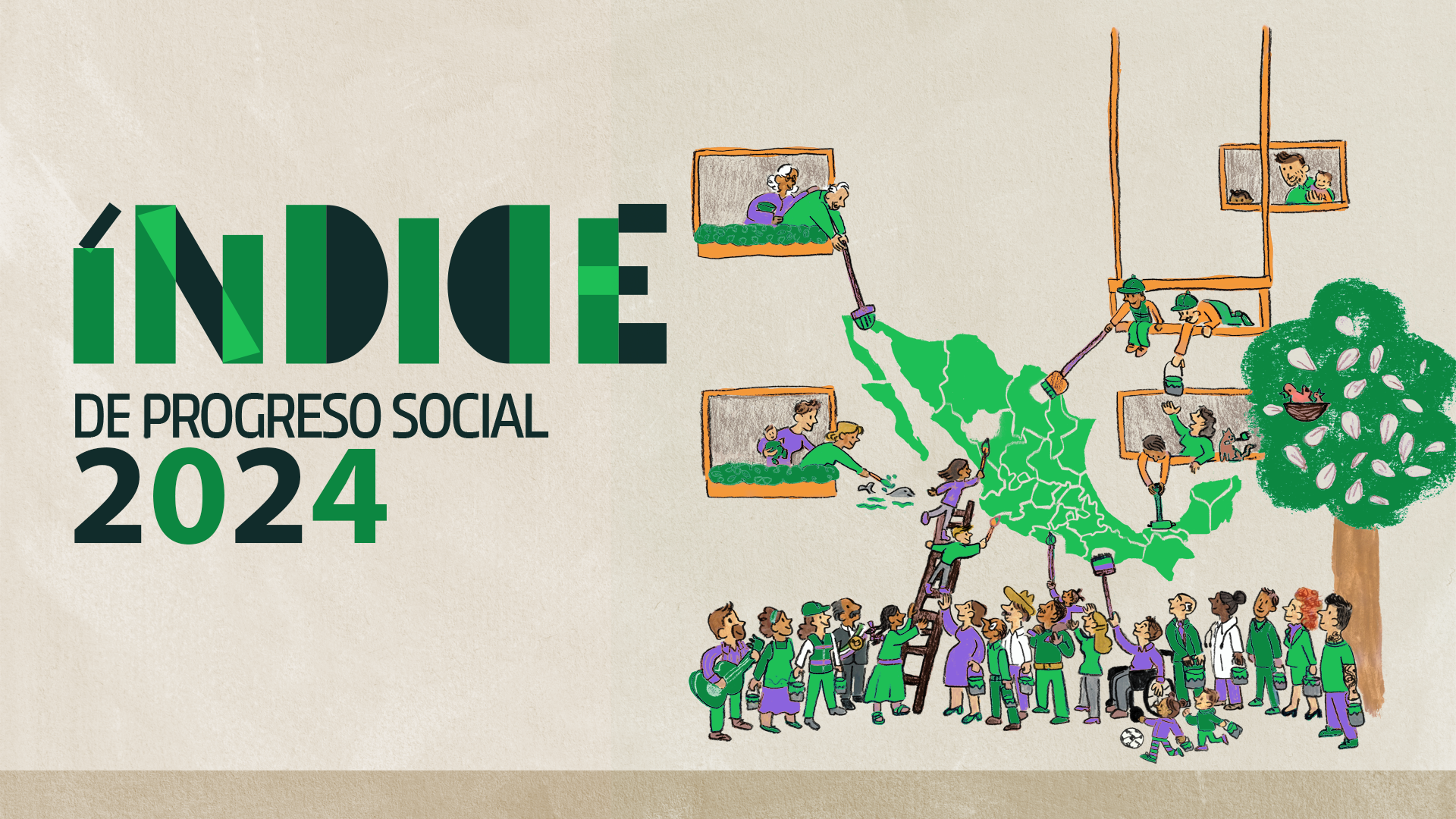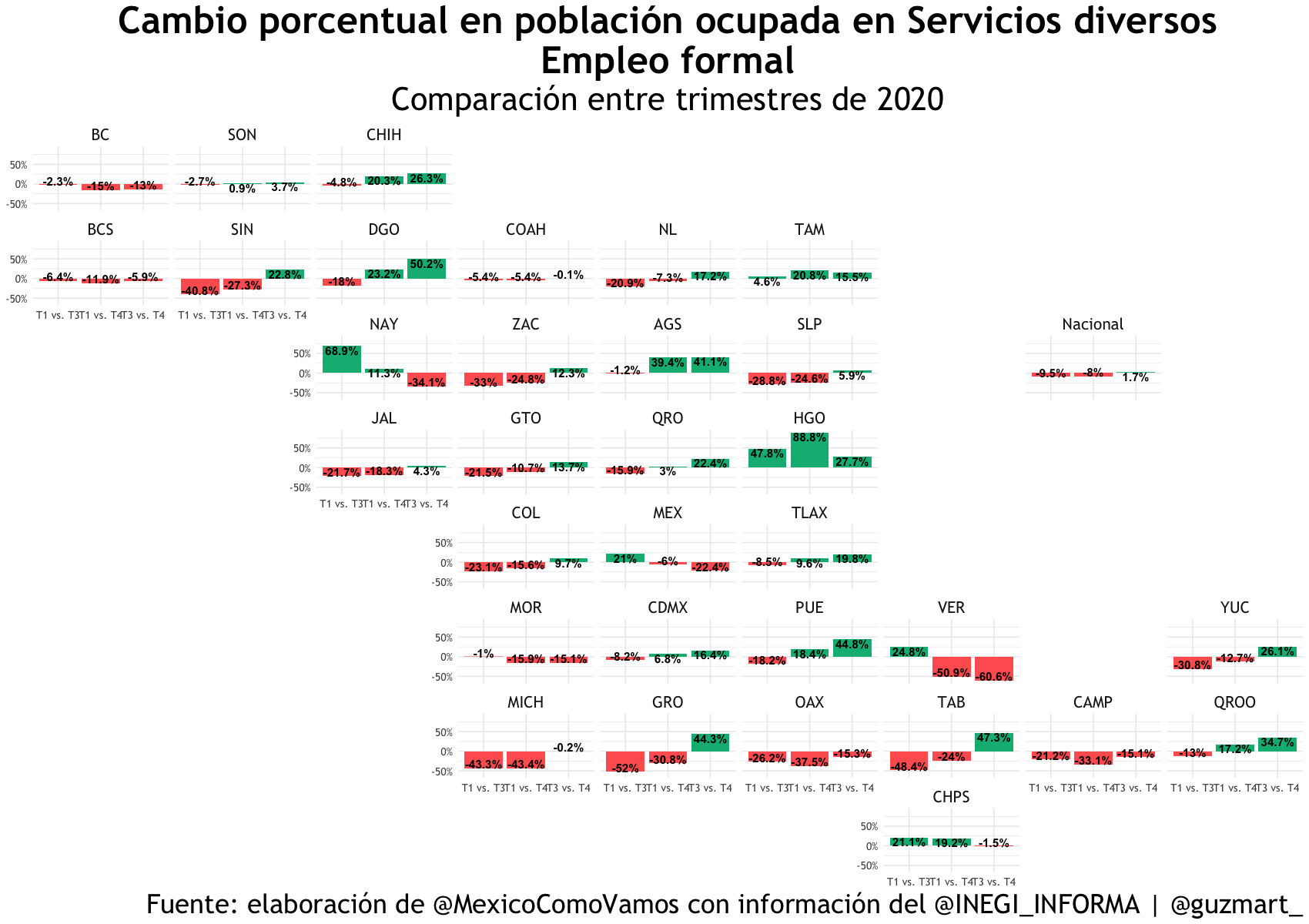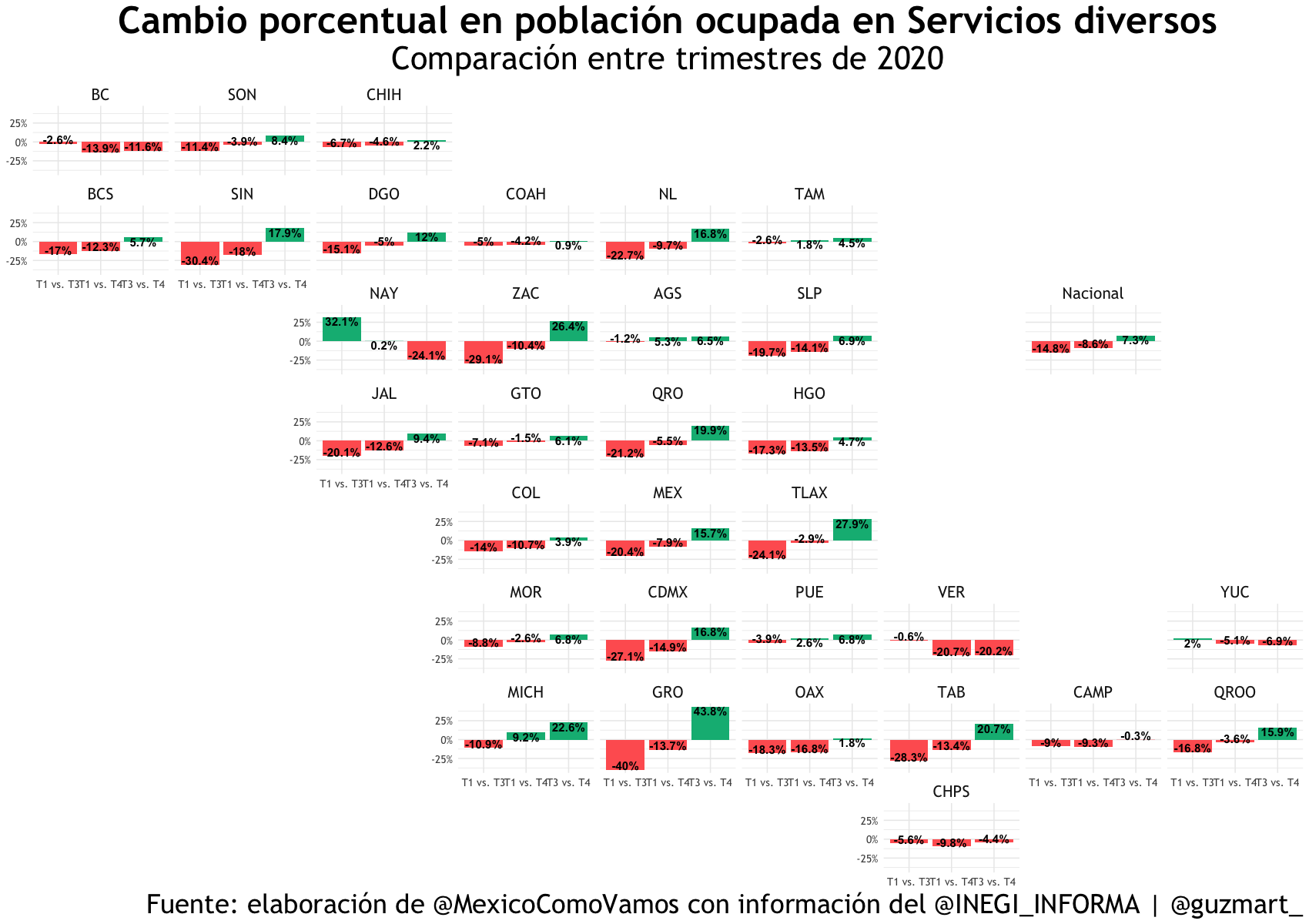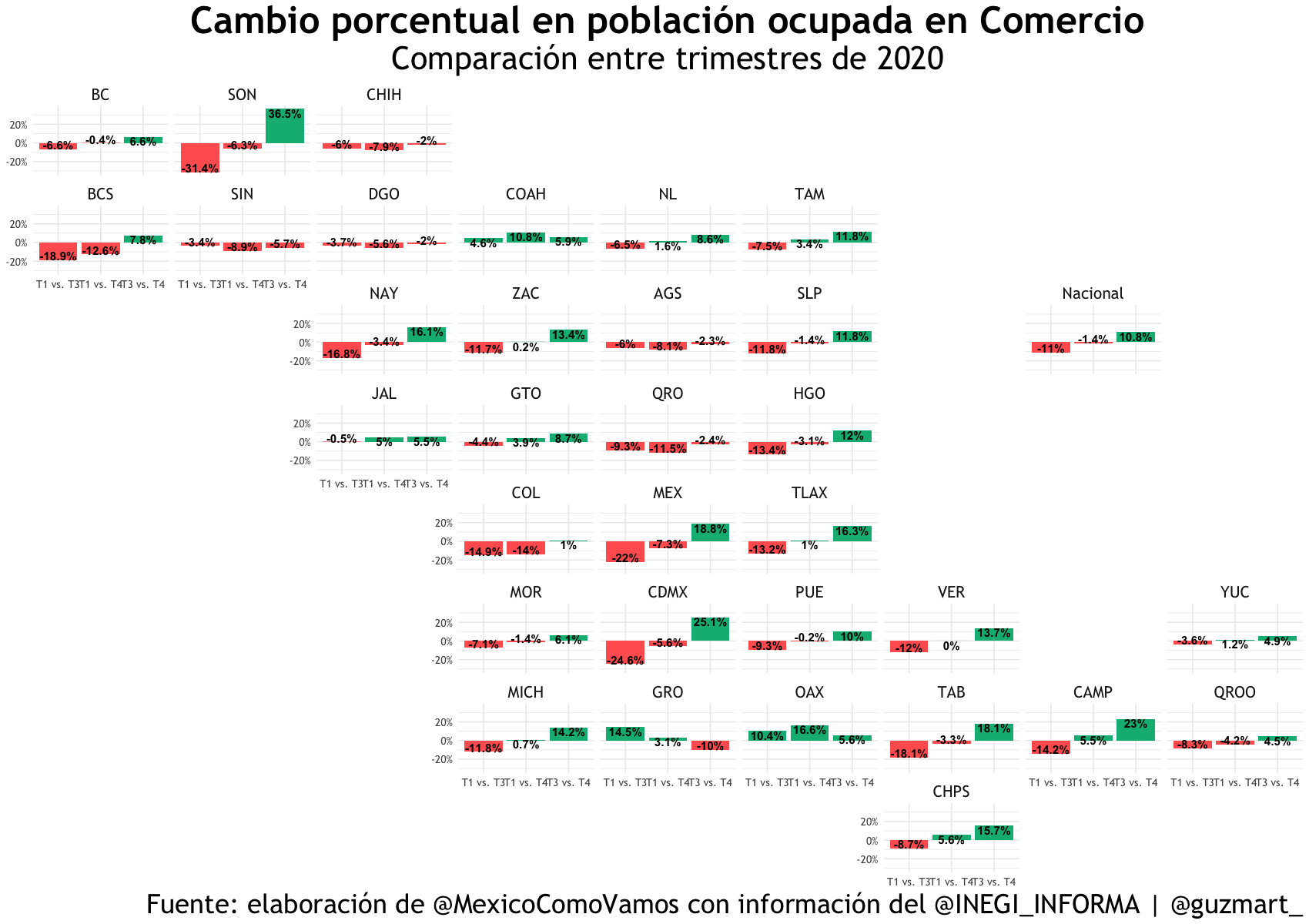
The global labor market has experienced accelerated transformation in the last decade, especially following the COVID-19 pandemic. This evolution has highlighted a significant challenge: the talent shortage. The World Economic Forum estimates that by 2030, over 85 million workers will be needed worldwide, a number equivalent to the total population of Germany alone.
This challenge becomes relevant as it can affect not only a company’s competitiveness but also cause disruptions in global supply chains. Besides the talent shortage, large companies identify four main challenges for the future labor market: demographics, geopolitics, training in the age of Artificial Intelligence (AI), and demand for flexibility.
- Demographics. According to data from the Milken Institute, by 2030, there will be more people over 60 years old than under 10 in the world’s primary economies. The population pyramid inversion will force companies to adapt their recruitment and talent retention strategies and rethink labor benefits to attract a diverse and multigenerational workforce. In addition, the extension of the working life period will require flexible retirement policies and continuous training programs, to ensure that older workers remain productive and are appropriately equipped with the latest technologies and skills.
- Geopolitics. Global political and economic stability or instability directly impacts business decisions, and, consequently, influences the labor market. For example, trade tensions between the United States and China, among other geopolitical factors, have led companies to need to relocate their operations strategically. This phenomenon, also known as Nearshoring, has generated various changes in global supply chains and regional labor markets. In the context of Mexico, the Council of Global Companies predicts that Nearshoring will create over 3 million jobs in the next decade, raising questions about the country’s capacity to meet this demand.
- Training in the Age of AI. Rapid technological evolution is causing disruptions in labor markets, which vary by industry. However, a common challenge across all sectors is training talent in the age of artificial intelligence, as technology advances faster in some cases than companies and universities can train their workforce. Addressing this challenge will require close collaboration between the public and private spheres to design cutting-edge educational curricula that are meticulously tailored to the needs of the future labor market.
- Demand for Flexibility. The COVID-19 pandemic and generational change have incited a growing demand for work flexibility, which has come with benefits, such as remote work gaining importance. However, this shift raises significant questions for global companies on how to maintain a strong organizational culture in a virtual environment while recruiting the best talent without geographical limitations.
To seize opportunities and address global labor market challenges, it is crucial to create conditions in North America that facilitate talent mobility. This will not only strengthen the connection between Mexico, the United States, and Canada but also make the regional market more competitive.
From this perspective, the Mexican labor market plays a fundamental role in the current and future dynamics of the North American labor market. The Mexican labor market stands out for its global competitiveness, as evidenced by the country occupying first place among OECD countries with the highest number of young technical graduates and third place with the most university graduates. This solid educational base, plus the considerable amount of young talent available in Mexico, provides the country with a significant competitive advantage, especially in the context of the growing global talent shortage. In this sense, the Mexican labor market has the potential to emerge as a crucial talent provider for its North American counterparts.
To increase regional competitiveness, North America must aim to be not only the most integrated and dynamic in commercial matters but also in labor matters. To achieve this goal, it is essential to implement concrete strategies, such as: enhancing and expanding the use of TN visas, creating North American talent certifications, and promoting educational mobility.
- Enhancing and Expanding the Use of TN Visas. It is crucial to update the requirements and eligible professions for TN visas to reflect labor market needs. In this regard, a committee can be established to periodically review the professions included in these visas, adapting them to the rapid dynamism of the future labor market. This review should be accompanied by a simplification of the application and renewal processes, aiming to reduce wait times for applicants.
- North American Talent Certifications. Mexico, the United States, and Canada should create mechanisms similar to the “European Qualifications Framework” and the “European Credit System for Vocational Education and Training” to promote regional recognition and mobility in labor certifications. These certifications should cover not only highly qualified professions but also those in high demand, such as truck drivers, where, in Mexico and the United States alone, over 100,000 drivers are needed to address market shortages. Additionally, a system for recognizing competencies acquired through work experience and non-formal training should be established, ensuring that workers can validate and transfer their skills across the North American region.
- Promoting Educational Mobility in North America. Educational mobility programs should be encouraged at all levels, from undergraduate to top executives. This will foster market integration and contribute to the development of a regional North American understanding. Universities and vocational training centers should work closely with companies, to design educational programs that meet labor market needs, and prepare students to face future work challenges. Furthermore, mechanisms for the recognition of credits and academic degrees between North American countries should be established, facilitating the transfer of students and professionals among the region’s educational institutions. This will enable individuals to acquire relevant skills and knowledge for the global labor market and contribute to building a highly qualified and competitive regional workforce.
The global labor market’s challenges, risks, and opportunities require a coordinated response from governments, companies, and educational institutions in North America. In this sense, Nearshoring and the upcoming USMCA review in 2026 represent a historic opportunity to promote strategies that facilitate mobility and labor integration in the region. This achievement will benefit both companies and workers, strengthening the region’s competitiveness and economic prosperity and consolidating us as the most competitive region in the world.
References
Consejo de Empresas Globales (n.d.) Hacia una estrategia efectiva de relocalización de
nuevas industrias en Norteamérica. Cómo aprovechar esta oportunidad única e histórica para México y la región. Retrieved from https://empresasglobales.com/wp-content/uploads/2023/06/Nearshoring-DIGITAL.pdf
IRU (2023, November 20) Global truck driver shortage to double by 2028, says new IRU report. https://www.iru.org/news-resources/newsroom/global-truck-driver-shortage-double-2028-says-new-iru-report
Meineke, M. (2024, April 28) The cybersecurity industry has an urgent talent shortage. Here’s how to plug the gap. World Economic Forum. https://www.weforum.org/agenda/2024/04/cybersecurity-industry-talent-shortage-new-report/#:~:text=The%20global%20talent%20shortage%2C%20which,in%20the%20global%20cybersecurity%20industry.
Milken Institute (n.d.) Center for the Future Of Aging. https://milkeninstitute.org/centers/center-for-the-future-of-aging
Secretariat of Economy (2023, April) Talento mexicano para el crecimiento y la relocalización (p. 10). https://www.gob.mx/cms/uploads/attachment/file/828154/talento-mexicano_esp.pdf
Haz click en la postal de abajo para ir al micrositio.
